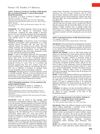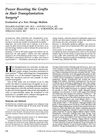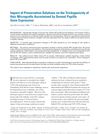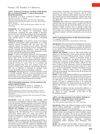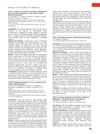LOP14
July 2014
in “
Plastic and Reconstructive Surgery
”
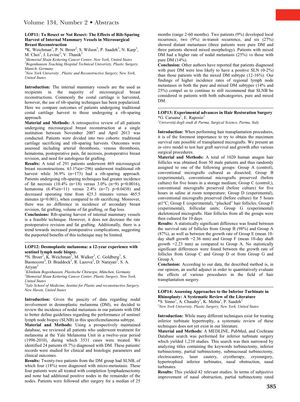
TLDR The document concludes that rib-sparing techniques in breast reconstruction have limited benefits, sentinel lymph node biopsy is needed for desmoplastic melanoma, certain hair preservation methods improve graft survival, partial turbinectomy effectively reduces nasal obstruction, nipple shields with irrigation may reduce capsular contracture, and thicker malignant melanomas have a higher risk of non-skin cancers.
The document includes a variety of studies in the field of plastic and reconstructive surgery. One study involving 291 patients compared traditional costal cartilage harvest to rib-sparing techniques in breast reconstruction, finding limited benefits with the rib-sparing approach. Another study with 24 patients indicated a higher incidence of nodal metastasis in desmoplastic melanoma, suggesting the need for sentinel lymph node biopsy. An experimental study on hair restoration involving 1020 hair follicles from 50 male patients showed improved graft survival and growth with certain preservation methods. A systematic review of 42 studies on rhinoplasty concluded that partial turbinectomy was most effective for reducing nasal obstruction. A study on 165 women suggested that nipple shields combined with povidone-iodine-antibiotic irrigation might reduce capsular contracture in breast augmentation. Lastly, a retrospective cohort study with 61,196 cases found an increased risk of non-skin malignancies associated with the thickness of malignant melanoma.

